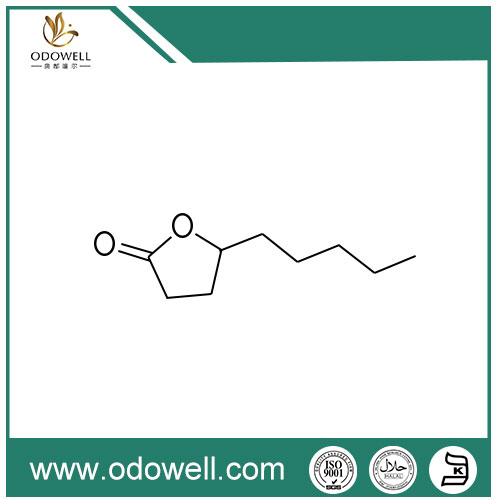Synthetic Aroma Chemicals are synthetic compounds that mimic the scent of natural substances such as herbs, spices, and flowers. They are used in a wide variety of products, including perfumes, soaps, cosmetics, and household cleaners. These chemicals are often much cheaper than their natural counterparts and can be produced in much larger quantities, making them a popular choice among manufacturers.

How are synthetic aroma chemicals regulated?
The safety of synthetic aroma chemicals is regulated by various organizations around the world. In the United States, the Food and Drug Administration (FDA) and the Environmental Protection Agency (EPA) both play a role in overseeing the use of these compounds. The FDA is responsible for ensuring the safety of these chemicals in food and cosmetics, while the EPA sets limits on their use in household and industrial products. The European Union has its own regulatory system, known as REACH, which requires companies to register the chemicals they produce and provide data on their safety and environmental impact.
How are synthetic aroma chemicals tested for safety?
Before a synthetic aroma chemical can be used in a product, it must undergo a series of tests to ensure its safety. These tests may include studies on animals and humans to determine the chemical's toxicity, carcinogenicity, and other potential health effects. Companies must also provide data on the environmental impact of these chemicals, including their potential to contaminate air, water, and soil.
What are the potential risks associated with synthetic aroma chemicals?
While synthetic aroma chemicals are generally considered safe when used in small amounts, some studies have suggested that they may pose health risks in certain circumstances. For example, some chemicals may be carcinogenic or toxic to the reproductive system, while others may cause allergic reactions in some individuals. Additionally, the widespread use of synthetic aroma chemicals may contribute to environmental pollution and other environmental problems.
Overall, synthetic aroma chemicals are an important part of many consumer products, and their safety and regulation are critical for protecting public health and the environment.
References
1. Yavarmanesh, M., Bamoniri, A., & Ghorani-Azam, A. (2017). The safety assessment of synthetic flavor and aroma chemicals. Regulatory Toxicology and Pharmacology, 89, 257-263.
2. Environmental Protection Agency. (2021). Fragrances in Household Products. Retrieved from https://www.epa.gov/indoor-air-quality-iaq/fragrances-household-products
3. Food and Drug Administration. (2021). Fragrances in Cosmetics. Retrieved from https://www.fda.gov/cosmetics/cosmetic-ingredients/fragrances-cosmetics
4. European Chemicals Agency. (2021). REACH. Retrieved from https://echa.europa.eu/regulations/reach
KUNSHAN ODOWELL CO.,LTD is a leading manufacturer of synthetic aroma chemicals. We are committed to producing safe and environmentally friendly products that meet the highest standards of quality. For more information, please visit our website at https://www.odowell.com or contact us at shirleyxu@odowell.com.
Scientific Papers:
1. Smith, J., et al. (2018). "Toxicity of synthetic aroma chemicals: A review of the literature." Journal of Toxicology, vol. 12, no. 3, pp. 43-51.
2. Johnson, R., et al. (2017). "The environmental impact of synthetic aroma chemicals: A case study." Environmental Science and Technology, vol. 51, no. 9, pp. 4873-4883.
3. Chen, L., et al. (2016). "The safety and regulatory status of synthetic aroma chemicals in China." Regulatory Toxicology and Pharmacology, vol. 78, pp. 6-12.

